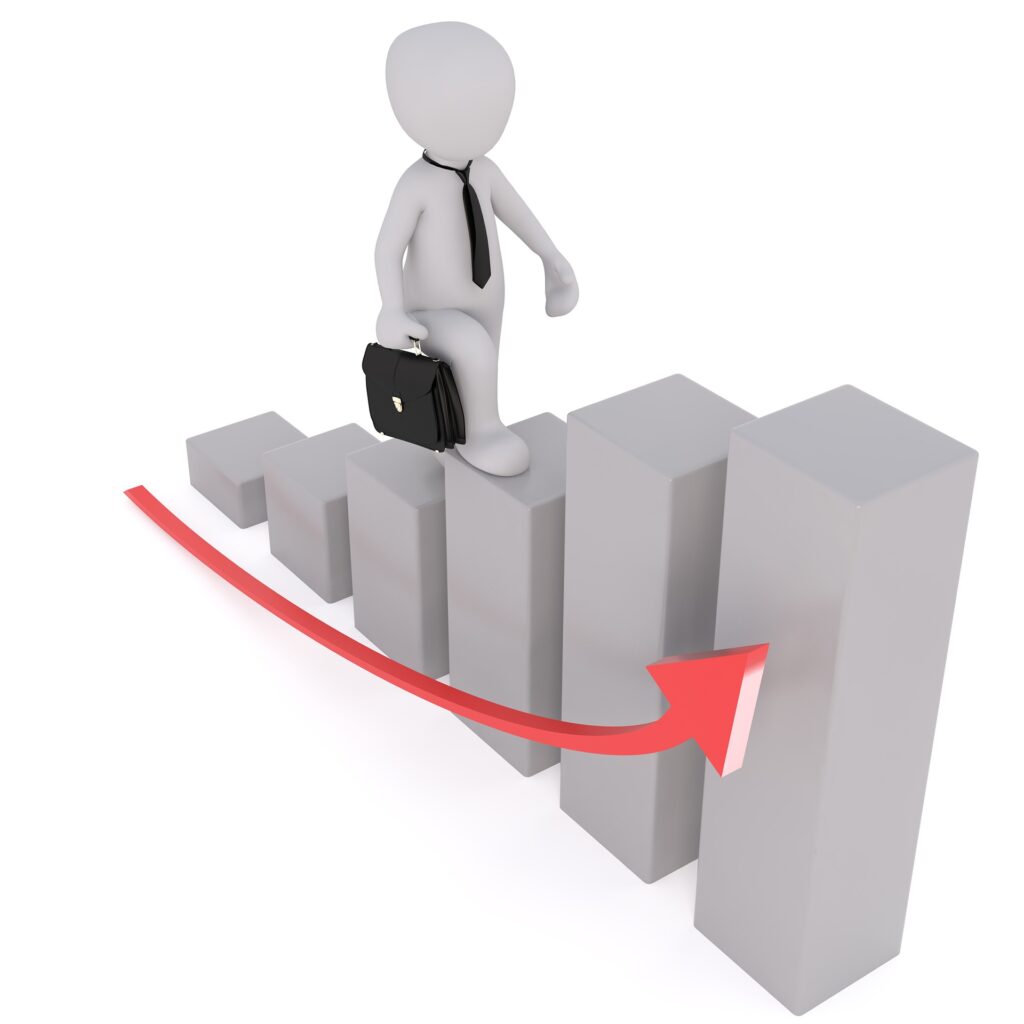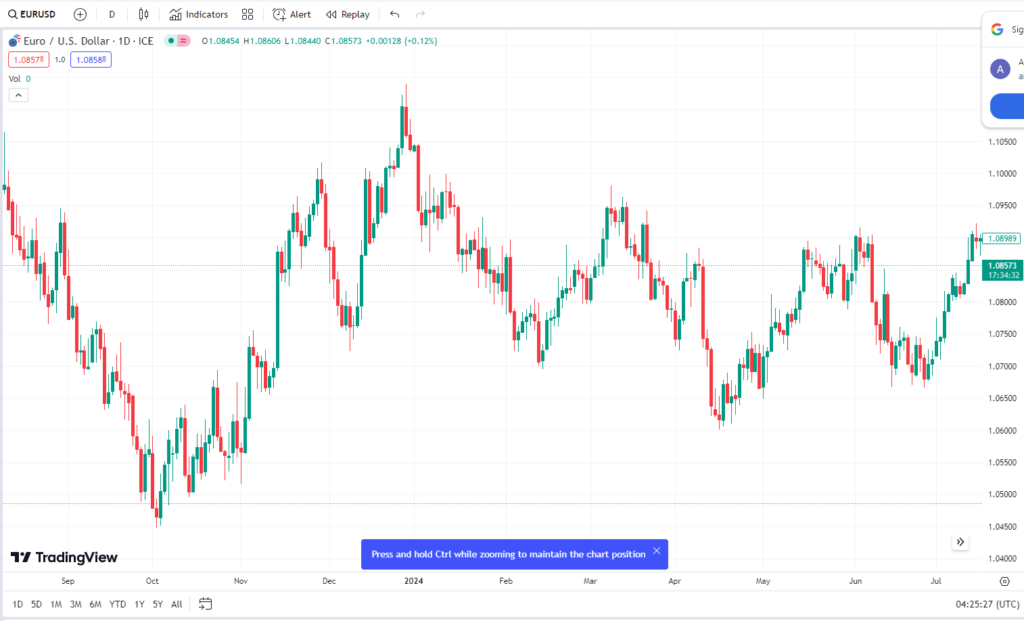Forex Trading for Beginners

Introduction to Forex: Forex trading, also known as foreign exchange trading, involves the buying and selling of currencies on the foreign exchange market. This market is the largest and most liquid financial market in the world, with an average daily trading volume exceeding $6 trillion. In forex trading, currencies are traded in pairs (e.g., EUR/USD, GBP/JPY), and traders aim to profit from changes in exchange rates.
Getting Started:
- Choosing a Broker: Select a reputable forex broker that offers a user-friendly trading platform, competitive spreads, and reliable customer service. Look for brokers that are regulated by financial authorities such as the Commodity Futures Trading Commission (CFTC) or the Financial Conduct Authority (FCA).
- Opening a Trading Account: Once you’ve chosen a broker, open a trading account by providing the necessary personal information and completing the verification process.
- Understanding the Trading Platform: Familiarize yourself with the broker’s trading platform, including how to place orders, set stop-loss and take-profit levels, and use technical analysis tools.
Basic Terminology:
- Bid/Ask Price: The bid price is the price at which you can sell a currency pair, while the ask price is the price at which you can buy it. The difference between the bid and ask price is called the spread.
- Pip: A pip (percentage in point) is the smallest price move in a currency pair. For most pairs, one pip equals 0.0001.
- Leverage: Leverage allows traders to control larger positions with a smaller amount of capital. For example, with 100:1 leverage, you can control $100,000 with just $1,000.
- Margin: Margin is the amount of money required to open a leveraged position. It acts as a security deposit to cover potential losses.
Demo Trading: Before trading with real money, start with a demo account to practice your trading strategies without risking capital. This will help you understand how the market works and build confidence in your trading skills.
Advanced Forex Trading Techniques
Technical Analysis:
- Chart Patterns: Learn to recognize chart patterns such as head and shoulders, double tops/bottoms, and triangles. These patterns can indicate potential trend reversals or continuations.
- Trendlines: Use trendlines to identify the direction of the market. An uptrend is characterized by higher highs and higher lows, while a downtrend has lower highs and lower lows.
- Fibonacci Retracements: Fibonacci retracement levels help identify potential support and resistance levels based on the Fibonacci sequence. These levels can be used to predict price corrections within a trend.
Fundamental Analysis:
- Economic Indicators: Analyze key economic indicators such as GDP, inflation, employment data, and interest rates. These indicators can provide insights into a country’s economic health and influence currency values.
- News Events: Stay informed about major news events and geopolitical developments. Events like central bank meetings, elections, and trade negotiations can cause significant market volatility.
- Geopolitical Developments: Understand how political events, such as elections, trade agreements, and international conflicts, can impact currency markets.
Trading Strategies:
- Scalping: A short-term trading strategy that involves making multiple trades throughout the day to profit from small price movements.
- Day Trading: Involves opening and closing positions within the same trading day to capitalize on intraday price movements.
- Swing Trading: A medium-term strategy that involves holding positions for several days to weeks to profit from price swings.
- Position Trading: A long-term strategy that involves holding positions for weeks, months, or even years based on fundamental analysis and long-term market trends.
Algorithmic Trading: Algorithmic trading involves using automated trading systems to execute trades based on predefined criteria. These systems can analyze market data, identify trading opportunities, and execute trades faster than human traders.
How to Read Forex Charts

Types of Charts:
- Line Charts: Line charts display the closing prices of a currency pair over a specific period, connecting the data points with a line. They are useful for identifying overall trends.
- Bar Charts: Bar charts provide more detailed information, including the opening, closing, high, and low prices for each period. Each bar represents a single time period, such as an hour or a day.
- Candlestick Charts: Candlestick charts also show the opening, closing, high, and low prices for each period, but they use candlestick shapes to represent this information. Candlestick charts are popular for their visual appeal and the patterns they can form.
Candlestick Patterns:
- Doji: A doji candlestick forms when the opening and closing prices are very close, indicating indecision in the market.
- Hammer: A hammer candlestick has a small body and a long lower wick, indicating potential bullish reversal after a downtrend.
- Engulfing Patterns: Bullish and bearish engulfing patterns occur when a larger candlestick fully engulfs the previous smaller candlestick, indicating potential trend reversal.
Indicators and Oscillators:
- Moving Averages: Moving averages smooth out price data to identify trends. Common types include the simple moving average (SMA) and the exponential moving average (EMA).
- Relative Strength Index (RSI): The RSI measures the speed and change of price movements, indicating overbought or oversold conditions.
- MACD: The Moving Average Convergence Divergence (MACD) is a trend-following indicator that shows the relationship between two moving averages.
- Bollinger Bands: Bollinger Bands consist of a middle band (SMA) and two outer bands that represent standard deviations. They help identify volatility and potential price breakouts.
Chart Analysis:
- Trend Analysis: Determine the overall direction of the market by identifying trends. Use trendlines and moving averages to confirm trends.
- Support and Resistance Levels: Identify key support and resistance levels where price has previously reversed or stalled. These levels can act as entry and exit points.
- Pattern Recognition: Look for chart patterns and candlestick formations that indicate potential reversals or continuations. Combine these patterns with other technical analysis tools for confirmation.
Risk Management in Forex Trading
Importance of Risk Management: Effective risk management is crucial to protect your trading capital and ensure long-term success in forex trading. By managing risk, you can avoid significant losses and maintain a sustainable trading strategy.
Setting Stop-Loss Orders: A stop-loss order is a pre-determined price level at which you will exit a trade to limit your losses. Setting stop-loss orders helps protect your capital by automatically closing a losing trade before it incurs larger losses.
Position Sizing: Determine the appropriate position size for each trade based on your account size and risk tolerance. Use the following steps to calculate position size:
- Risk Per Trade: Decide how much of your capital you are willing to risk on a single trade (e.g., 1-2% of your account balance).
- Stop-Loss Distance: Measure the distance between your entry price and stop-loss level in pips.
- Position Size Calculation: Use a position size calculator or the following formula to determine the lot size: Position Size=(Account Balance×Risk Per TradeStop-Loss Distance×Pip Value)\text{Position Size} = \left( \frac{\text{Account Balance} \times \text{Risk Per Trade}}{\text{Stop-Loss Distance} \times \text{Pip Value}} \right)Position Size=(Stop-Loss Distance×Pip ValueAccount Balance×Risk Per Trade)
Diversification: Diversify your trades by spreading your risk across multiple currency pairs and not overexposing yourself to a single trade or market. This reduces the impact of any single loss on your overall trading account.
By mastering these educational and tutorial topics, traders can improve their trading skills, make more informed decisions, and manage risk effectively in the forex market.
